Is your triceps press building muscle or holding you back?
Author:
Julio Valero
Published on:
4/27/2025

Triceps brachii hypertrophy is substantially greater after elbow extension training performed in the overhead arm position compared to the neutral position.
More and more people are looking to train their muscles in longer positions. A recent study compared two common triceps exercises, analyzing how each works the muscles at short and long lengths.
Overview
Triceps brachii muscle growth and strength were measured in a 12-week study comparing two extension techniques: neutral arm and overhead arm.
The study revealed that the overhead arm position optimizes the growth of all three triceps muscles, with the long head experiencing the greatest increase.
To maximize triceps growth, focus on exercises that target them in their extended position, such as those where your arms are raised overhead. Science supports training the muscles in this phase.
What's the problem?
Contrary to popular belief (and what you'll hear at the gym), there's no single best exercise for every muscle. The effectiveness of an exercise depends on multiple factors, not just the number of muscles it involves. The key to balanced and optimal muscle growth lies in intelligent and varied exercise selection, taking into account biomechanics and anatomy. Science is still fully exploring the long-term differences between exercises, so don't be guided solely by opinions or electromyography (EMG) studies.
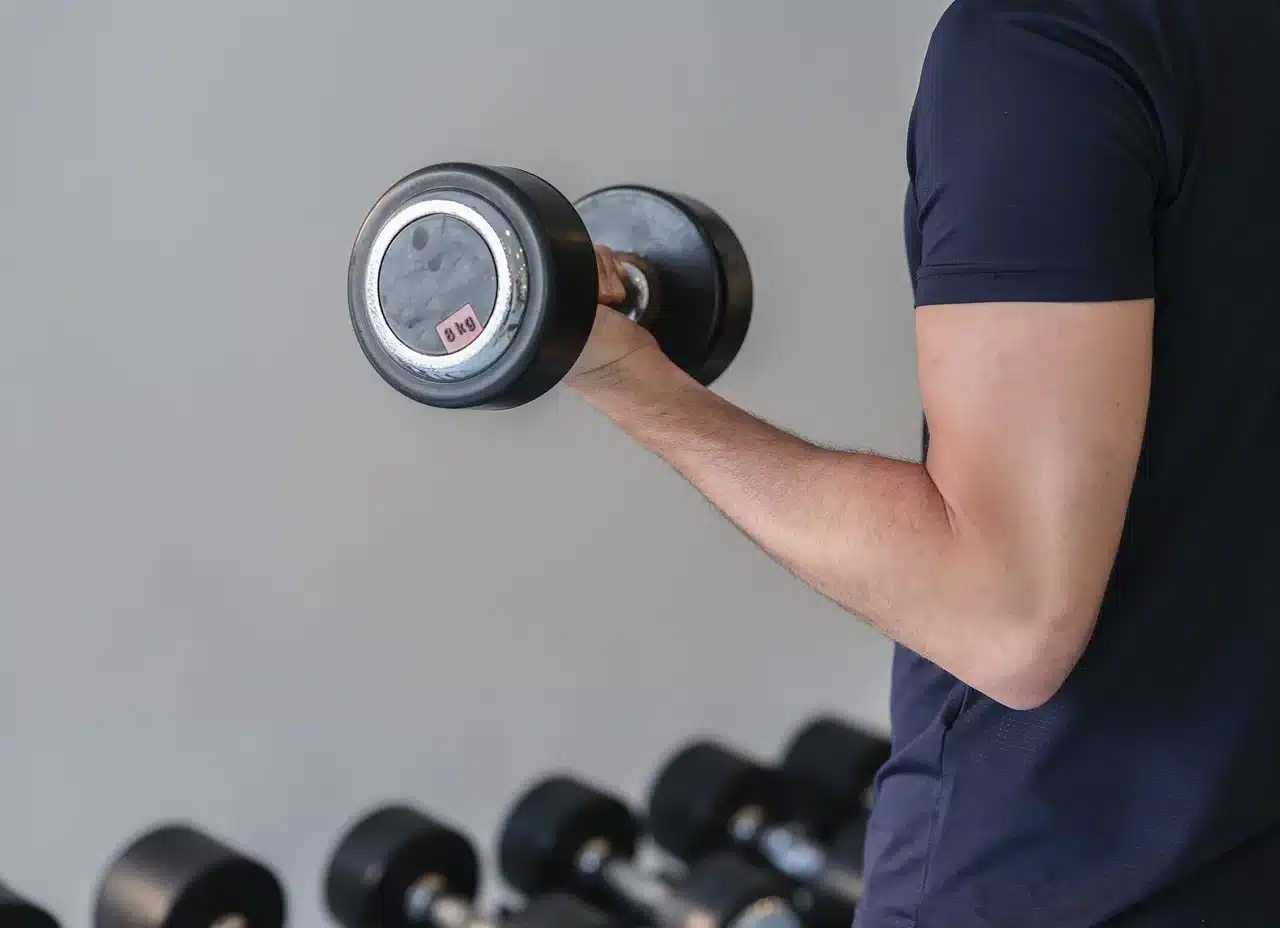
Bodybuilders often use multiple exercises for the same muscle, seeking optimal growth. The idea of varying "angles and elbows" (popularized by John Meadows for the back) suggests that different positions influence muscle development. Science supports this variation, showing that different exercises can improve strength and muscle mass by targeting different parts of the muscle. Although direct comparisons are lacking, emerging evidence suggests that training muscles in their extended position promotes growth. This principle, supported by experts, advocates working muscles in various planes and angles. One notable study showed that seated leg curls are superior to lying curls for hamstring growth due to the greater extension in the seated position. The same research team is now investigating whether this principle applies to the triceps brachii.
The secret to big arms could lie in your triceps, the muscle that takes up the most space. Did you know its main job is to extend the elbow? The triceps brachii is made up of three distinct heads: the long head, which connects to the shoulder blade and is involved in shoulder movements; the lateral head, which defines the outer part of the arm; and the deeper medial head. Classic cable exercises and overhead extensions are popular, but the science on whether they work all three heads separately is still debated. Stay tuned!
Purpose & Hypothesis
The objective of this study was to compare the effect of arm position (neutral vs. overhead) during triceps brachii training on triceps hypertrophy. It was hypothesized that the elevated arm training condition would induce greater growth in the long head and the triceps as a whole. Additionally, similar growth in the lateral and medial heads was anticipated between the two conditions.
What Did They Test and How?
Participants
This study recruited 21 healthy young individuals (14 men, 7 women) in their twenties, with no experience of structured training in the past year, and were therefore considered untrained.
Study Procedures
To ensure the validity of this 12-week study, a within-participant comparison model was used. This allowed each participant to be their own control when experiencing both treatment conditions (elbow overhead and neutral). Randomly assigning each arm (dominant and non-dominant, counterbalanced) to a specific condition helped eliminate the influence of unequal strength between arms, a variable that could distort the results.
Training program
Using a cable machine, participants were instructed to perform unilateral elbow extensions while standing. The movement was limited to a 90-degree arc (0-90°), and the supinated hand position, illustrated in Figure 1, was crucial for maintaining shoulder joint stability at the specified angles.
The shoulder is fixed in complete flexion (180°), preventing other movements.
In neutral condition, the shoulder joint is at 0° of flexion (reference anatomical position).
Figure 1 Biomechanical positions of each arm position and simulated force-length curves for each triceps brachii head
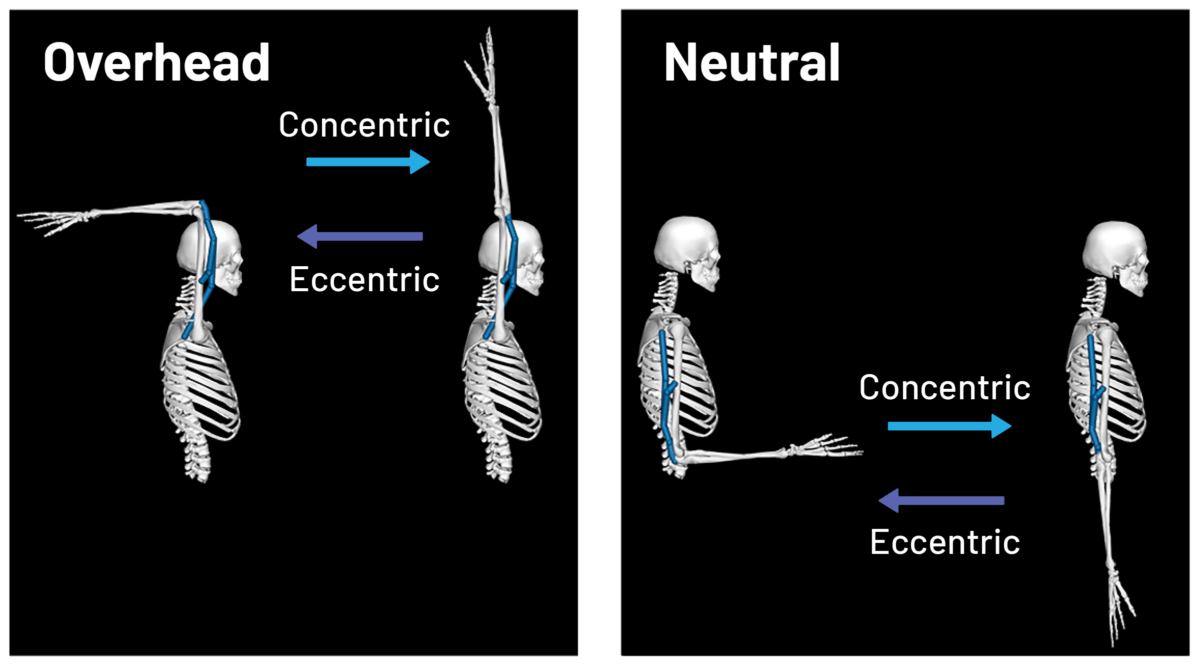
A researcher was present to supervise each training session, which took place twice a week on non-consecutive days. The training protocol consisted of 5 sets of 10 repetitions per exercise. The 5 sets for the first arm were completed before beginning training for the contralateral arm. A metronome was used to ensure a two-second duration for both the concentric and eccentric contraction. Rest intervals of 2 minutes were provided between each set. The training load was gradually increased during the first three sessions, starting at 50%, then 60% and 70% of the 1RM previously assessed at the start of training, and then remaining at 70% of the 1RM.
If participants completed the third session without errors or assistance, their 1RM was increased by 5% for subsequent sessions.
Operating ranges of each triceps brachii muscle on the normalized force-length curve during the elbow extensions performed in the overhead and neutral arm positions. Using the OpenSim Arm26 model [12]. Long = long head; Lat = lateral head; Med = medial head of triceps brachii.
Measurements
Three measurement sessions were conducted covering all the detailed measures: two prior to training (Pre 1 and Pre 2) and one after (Post).
Accurate measurement of muscle growth: Arm muscle volume was quantified using MRI, obtaining cross-sectional images. This imaging technique, considered highly accurate and performed blindly to avoid bias, allowed for the calculation of total triceps volume (long head + sum of lateral and medial heads). Slight difficulty distinguishing the lateral and medial heads was observed in the lower arm in some participants. Within-subject measurement reliability was high, with average coefficients of variation less than 2.5% for different triceps sections.
Strength: Maximal strength (1RM) of each arm was assessed using the same pulley machine, under the assigned training conditions. The variability in 1RM measurements between the two pre-training sessions averaged 8.0% for the heavy load and 10.5% for the neutral grip.
What Did They Find?
Muscle Growth
For optimal growth of the entire triceps, including its three heads, the overhead position during training proved to be the most effective. The long head position experienced the greatest increase (1.5 times greater than other positions). Figure 2 and Table 1 detail these results, supported by MRI images demonstrating the muscular change.
Figure 2 Percent Change in Muscle Volume (%)
Data are based on the ANCOVA-adjusted mean changes for each muscle (s). TBlong = triceps brachii long head; TB = triceps brachii lateral and medial heads; Neutral-Arm = the arm trained in the neutral position; Overhead-Arm = the arm trained with the overhead position; Whole-TB = all three heads of the triceps brachii.
Table 1 Muscle volume (cm3) before and after elbow extension training
Figure 3 MRI cross-section of the upper arm before and after a 12-week training program
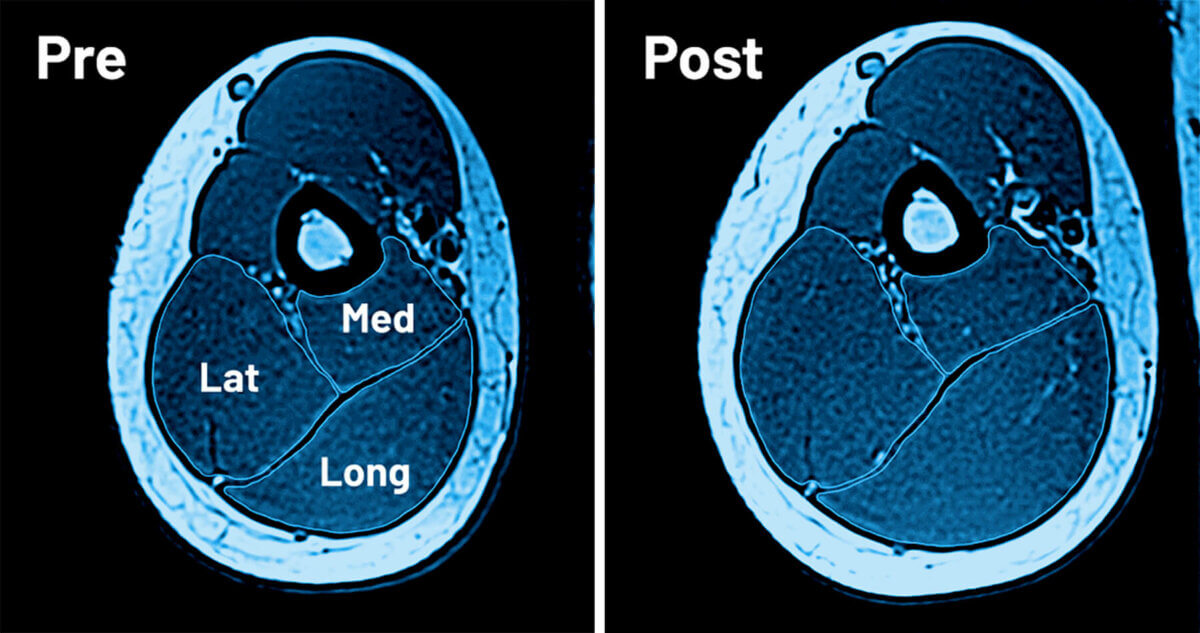
Anatomical cross-sectional areas of the triceps brachii. Lat = lateral; Long = long; Med = medial.
Training Load & Strength
In both groups, the training load progressively increased. However, Figure 4 consistently shows a significantly lower absolute load in the overload group compared to the neutral group throughout all sessions (p < 0.001). Similarly, the initial (7.2 ± 3.7 kg vs. 11.5 ± 4.7 kg, p < 0.001) and final (12.0 ± 5.8 kg vs. 18.3 ± 6.9 kg, p < 0.001) absolute 1RM was significantly lower in the overload group.
Figure 4 Absolute training load used in the training sessions
*p < 0.05, between conditions. Neutral-Arm = arm trained in the neutral position; Overhead-arm = arm trained in the overhead position.
Despite some significant variations in relative training load across sessions (detailed in Figure 5), these differences were small in magnitude. Similarly, the relative increase in 1RM was not statistically different between the tested arms (Arm A: 71.4 ± 46.8%; Arm B: 62.3 ± 29.2%; p = 0.285).
Figure 5 Absolute training load used in the training sessions
*p < 0.05, between conditions. Neutral-Arm = arm trained in the neutral position; Overhead-arm = arm trained in the overhead position.
What Do the Findings Mean?
A new study confirms that training the triceps with the arm overhead generates significantly greater growth in all three muscle heads compared to training the arm in the neutral position. This increase, consistent with previous research, exceeds the margin of measurement error. Surprisingly, the lateral and medial heads showed greater growth in the overhead position, despite their length not being significantly different. This suggests that, in addition to muscle length, factors such as the mechanical disadvantage of the long head (which forces the other heads to work harder) and the potential increased metabolic stress from restricted blood flow in the overhead position could be key to maximizing triceps growth. Despite the higher loads in some sessions with the arm overhead, strength gains were similar in both groups, which aligns with the greater muscle growth observed.

This initial study in untrained individuals suggests that arm position during triceps presses could influence muscle growth, although in trained athletes the effect would likely be smaller. With consistent, varied pressing training, differences due to arm position during extensions may be negligible. However, including a triceps exercise in the extended position is a cautious strategy until more data is available.
An interesting finding is the greater growth with the supinated grip and arms overhead, despite using lower loads than with the usual prone grip. This highlights that hypertrophy depends on more than just the load. Since forearm rotation has little effect on the triceps brachii, the overhead position could be advantageous.
The key is not to label exercises, but to understand how subtle biomechanical and angular differences can optimize muscle development for each individual. Continued research will help us make more informed decisions about our training routine.
How Can You Apply These Findings?
Cable curls are a valuable and safe exercise for most people, ideal even for those who experience shoulder discomfort with overhead extensions. While effective for strength and muscle, for complete triceps development, consider including overhead extensions. A combination of multi-joint and single-joint exercises is key to maximizing growth. If your routine already includes both types and targets the triceps in their extended position, cable curls may be redundant for optimal growth.
References
Maeo, S., Wu, Y., Huang, M., Sakurai, H., Kusagawa, Y., Sugiyama, T., Kanehisa, H., & Isaka, T. (2022). Triceps brachii hypertrophy is substantially greater after elbow extension training performed in the overhead versus neutral arm position. European journal of sport science, 1–11. Advance online publication.
Vigotsky, A. D., Halperin, I., Lehman, G. J., Trajano, G. S., & Vieira, T. M. (2018). Interpreting Signal Amplitudes in Surface Electromyography Studies in Sport and Rehabilitation Sciences. Frontiers in physiology, 8, 985.
ANTONIO, J. (2000). Nonuniform response of skeletal muscle to heavy resistance training: Can bodybuilders induce regional muscle hypertrophy?. The Journal of Strength & Conditioning Research, 14(1), 102-113.
Kassiano, W., Nunes, J. P., Costa, B., Ribeiro, A. S., Schoenfeld, B. J., & Cyrino, E. S. (2022). Does Varying Resistance Exercises Promote Superior Muscle Hypertrophy and Strength Gains? A Systematic Review. Journal of strength and conditioning research, 36(6), 1753–1762.
Oranchuk, D. J., Storey, A. G., Nelson, A. R., & Cronin, J. B. (2019). Isometric training and long-term adaptations: Effects of muscle length, intensity, and intent: A systematic review. Scandinavian journal of medicine & science in sports, 29(4), 484–503.
Schoenfeld, B., Fisher, J., Grgic, J., Haun, C., Helms, E., Phillips, S., Steele, J. & Vigotsky, A. (2021). Resistance training recommendations to maximize muscle hypertrophy in an athletic population: Position stand of the IUSCA. International Journal of Strength and Conditioning, 1(1).
Ogasawara, R., Thiebaud, R. S., Loenneke, J. P., Loftin, M., & Abe, T. (2012). Time course for arm and chest muscle thickness changes following bench press training. Interventional medicine & applied science, 4(4), 217–220.
Maeo, S., Huang, M., Wu, Y., Sakurai, H., Kusagawa, Y., Sugiyama, T., Kanehisa, H., & Isaka, T. (2021). Greater Hamstrings Muscle Hypertrophy but Similar Damage Protection after Training at Long versus Short Muscle Lengths. Medicine and science in sports and exercise, 53(4), 825–837.
Neumann, D. A. (2010). Kinesiology of the musculoskeletal system; Foundation for rehabilitation. Mosby & Elsevier.
Kholinne, E., Zulkarnain, R. F., Sun, Y. C., Lim, S., Chun, J. M., & Jeon, I. H. (2018). The different role of each head of the triceps brachii muscle in elbow extension. Acta orthopaedica et traumatologica turcica, 52(3), 201–205.
Stasinaki, A. N., Zaras, N., Methenitis, S., Tsitkanou, S., Krase, A., Kavvoura, A., & Terzis, G. (2018). Triceps brachii muscle strength and architectural adaptations with resistance training exercises at short or long fascicle length. Journal of Functional Morphology and Kinesiology, 3(2), 28.
Delp, S. L., Anderson, F. C., Arnold, A. S., Loan, P., Habib, A., John, C. T., Guendelman, E., & Thelen, D. G. (2007). OpenSim: open-source software to create and analyze dynamic simulations of movement. IEEE transactions on bio-medical engineering, 54(11), 1940–1950.
Kawakami, Y., Abe, T., Kuno, S. Y., & Fukunaga, T. (1995). Training-induced changes in muscle architecture and specific tension. European journal of applied physiology and occupational physiology, 72(1-2), 37–43.
McMahon, G., Morse, C. I., Burden, A., Winwood, K., & Onambélé, G. L. (2014). Muscular adaptations and insulin-like growth factor-1 responses to resistance training are stretch-mediated. Muscle & nerve, 49(1), 108–119.
Schoenfeld, B. J., Peterson, M. D., Ogborn, D., Contreras, B., & Sonmez, G. T. (2015). Effects of Low- vs. High-Load Resistance Training on Muscle Strength and Hypertrophy in Well-Trained Men. Journal of strength and conditioning research, 29(10), 2954–2963.
Comparte en redes sociales
Recent posts

A bad night's sleep: a reason to stay up even longer?

Creatine Effectiveness: What Does Science Say About Its Benefits?

Does meal timing help you lose fat?
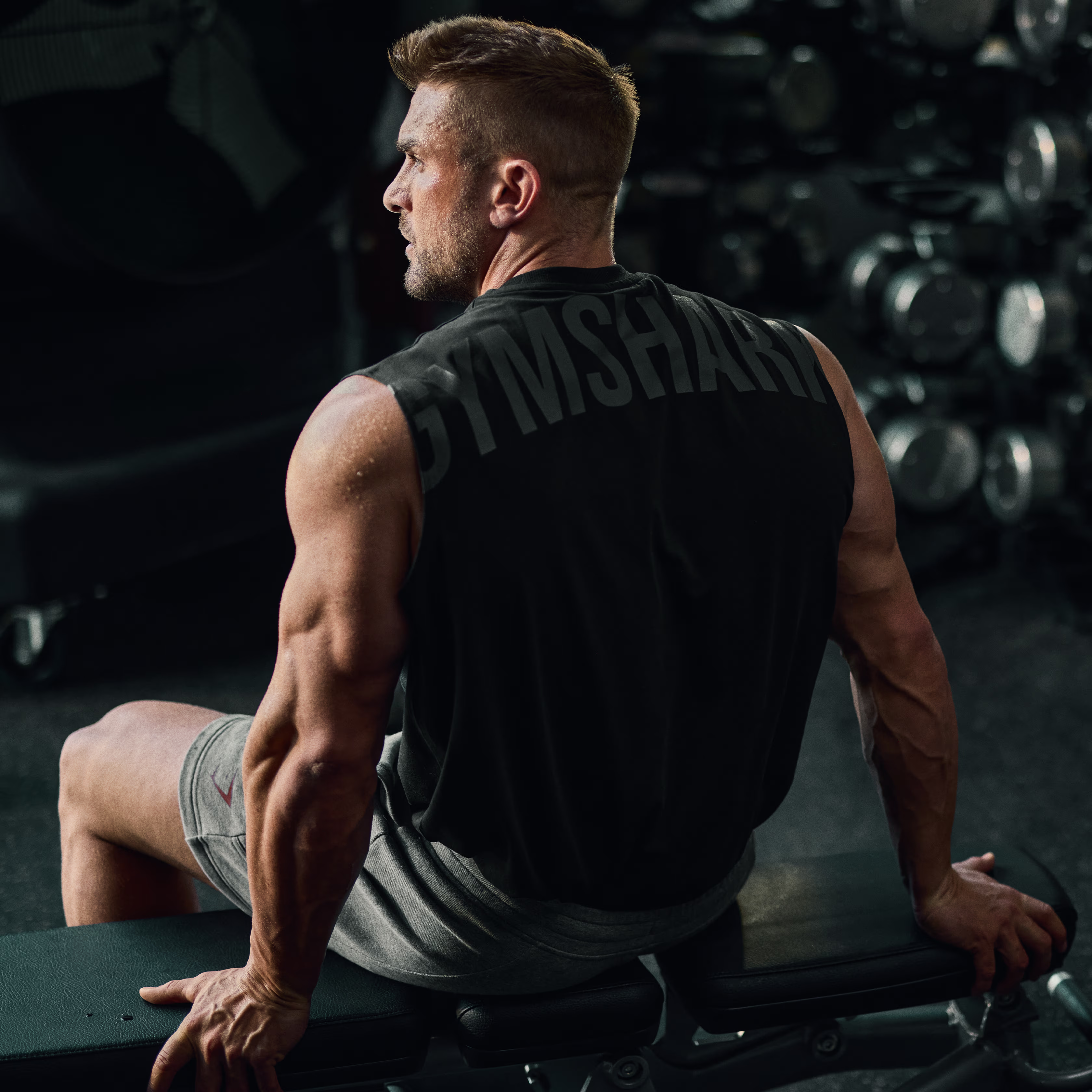
Is your triceps press building muscle or holding you back?
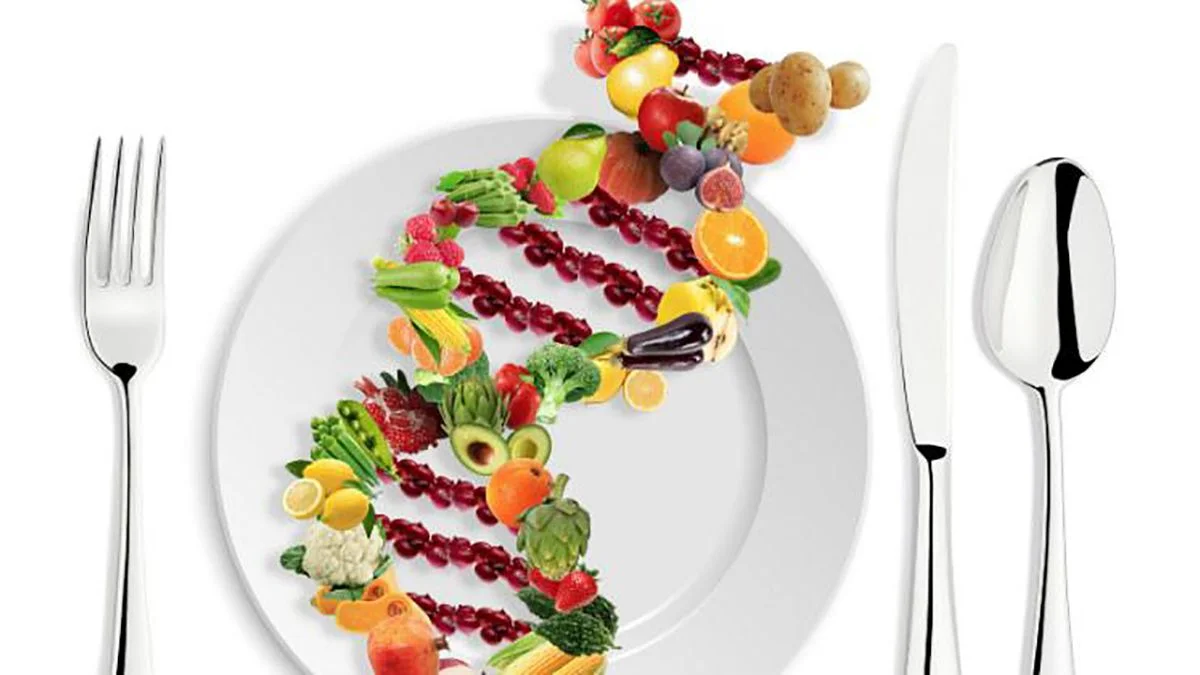
Nutrition tailored to you: based on your genetic profile.

Carbohydrates: the key to an explosive workout.